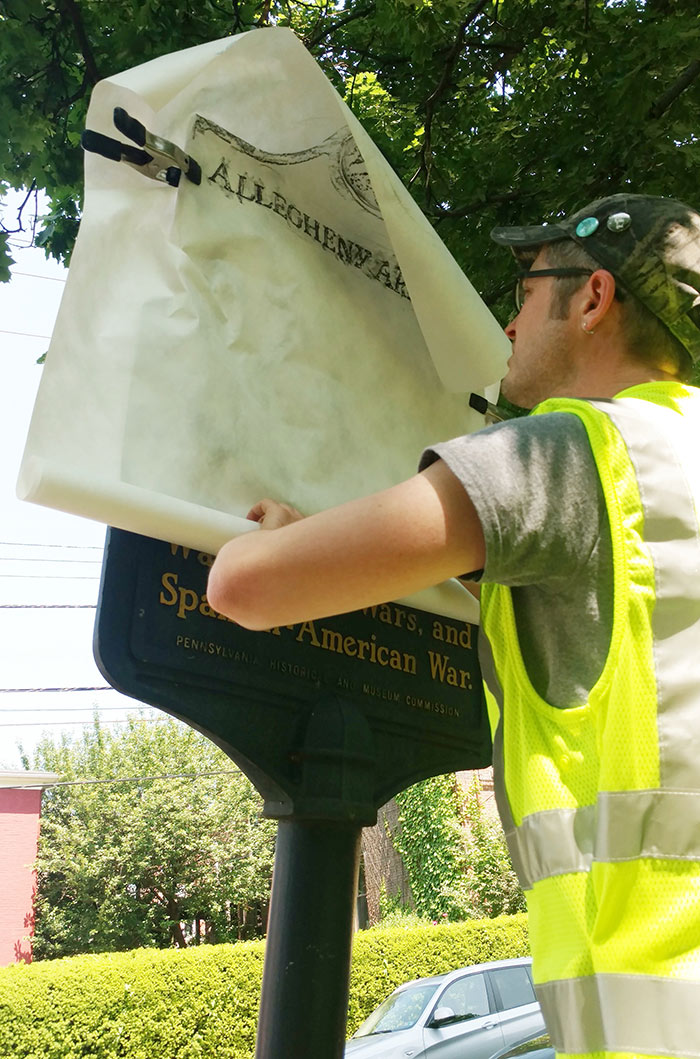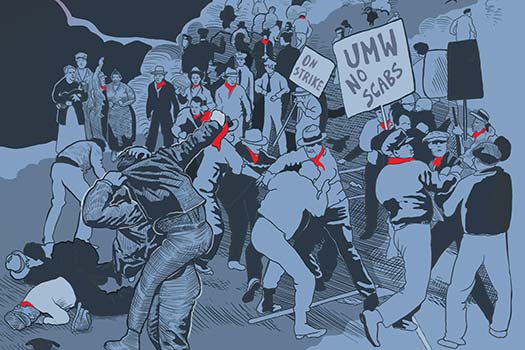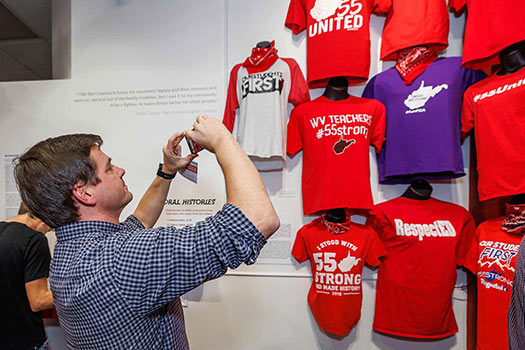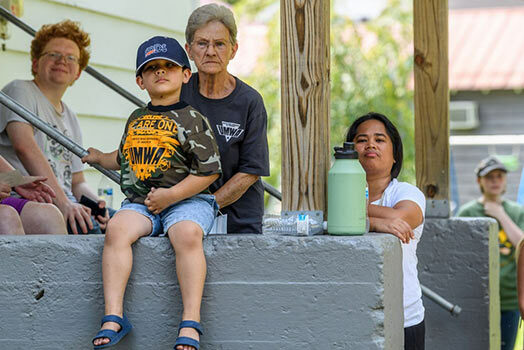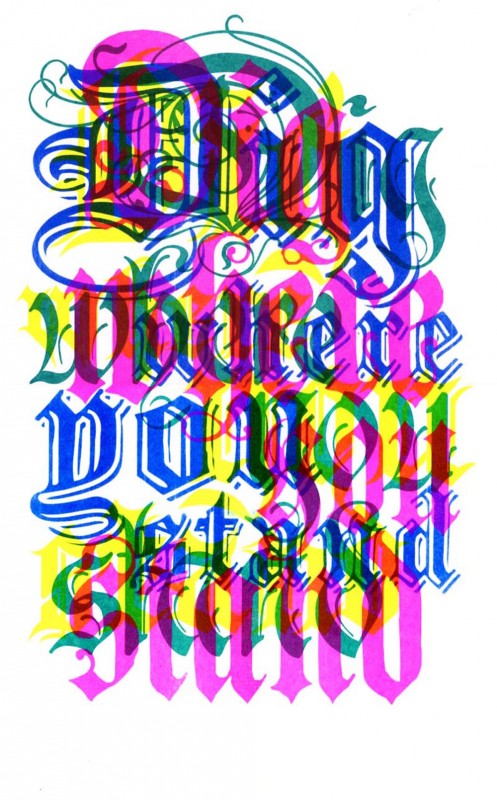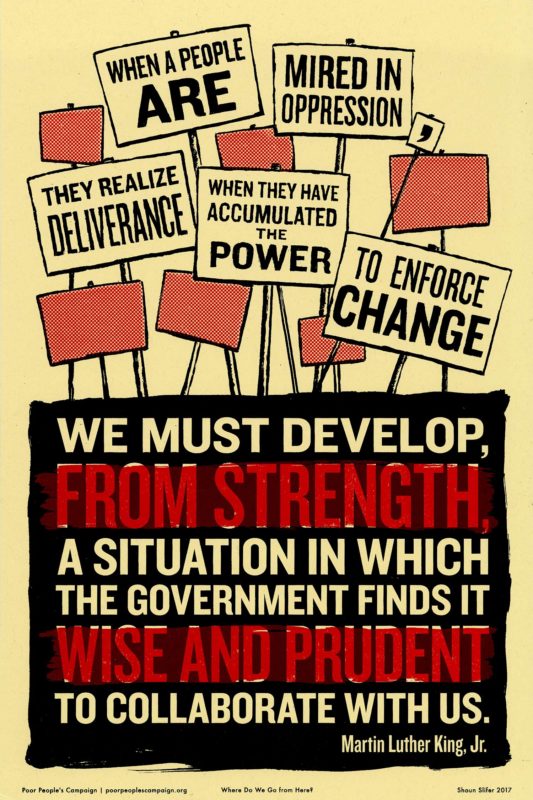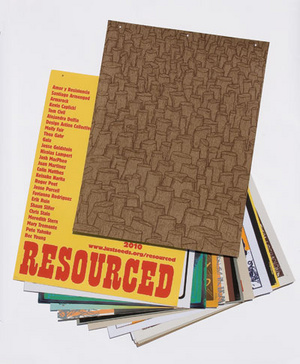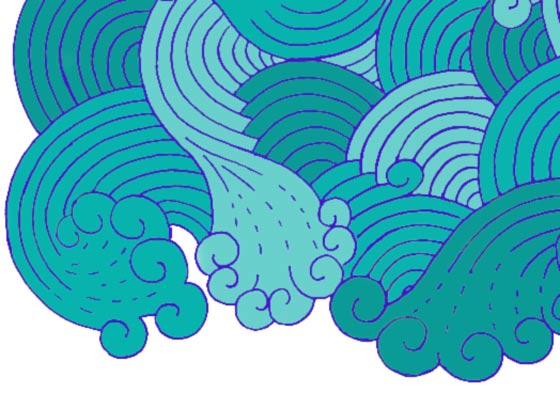
“Nothing cuts off self-determination more efficiently than eradicating its language.
Replacing it with misdirecting prattle… is a magnificent coup for those who would like to keep us wary of one another.”
– Miya Tokumitsu
This summer I got started on a project that I’ve been turning over in my head for several years. I’m making wax rubbings of state-sanctioned historical markers, using similar techniques to how some folks make gravestone rubbings. I’m not, however, interested in the entire marker: I’m focused on finding very specific wording that drives a dominant historical narrative, and I’m intentionally excluding all the other text on the plaque. By leaving negative space all over the large sheets of Tyvek paper I’m using, these critical sections of directive language stand out nakedly.
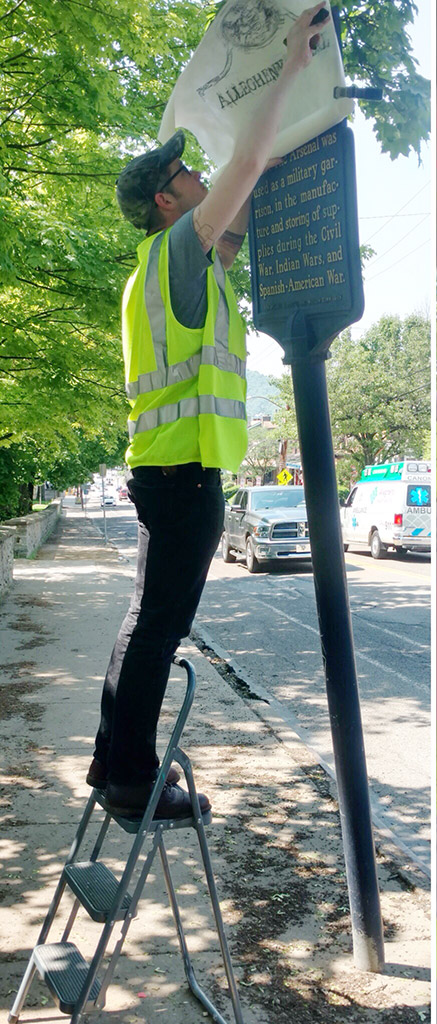
I’m not setting out to make every historical marker look bad, as after awhile that would just become a disingenuous exercise. I’m suggesting that the language that educational plaques impart is the key to the kind of quick take-away understanding that most people get from their interactions with monuments in public. And in some cases, the language on these markers is quite manipulative once you isolate and examine it. There are several official plaques in my home city of Pittsburgh, for example, that suggest the memory of various monumental labor strikes. Yet many of them end with the phrase “the strike was broken”.
Does this phrase make collective action at the workplace sound like a reasonable way to win demands, now or at any time in the past? If any significant peoples’ uprising is doomed to get the National Guard called on them with maybe a Gatling gun rolled out to convince the hold-outs, why bother organizing for fair treatment in the first place?
Language in museums and on educational signage is meant to guide narrative. Because the authority behind the language is assumed, it greatly influences how we relate to, and learn from, the stories out of our past. I offer that a landscape dotted with this kind of heavily-weighted language has a similar psychological effect as a landscape dotted with bronze statues of men we’re not sure we want to revere. Statues and historical markers are not, in and of themselves, the history. They are a conversation about the history, and the authors of that conversation have motives that aren’t always transparent. This is my starting point.
Currently my process involves a huge roll of Tyvek paper, some black and blue crayons I melted into little cupcake molds like I’m your kindergarten teacher (makes them easier to hold!), a small ladder, and a high-vis fluorescent vest. A friend helped me realize early on that I should embrace the performative aspect of this project: the part where I’m traveling around, parking my truck, and going out and making these rubbings in the public daylight. I’ve taken her counsel to heart and I’ve been slowly honing the right costume – Bored Municipal Worker Man – and mostly passing, since a white guy in a bright vest doing something seemingly mundane in public on a weekday usually doesn’t get questioned. This is especially helpful in cases where a bit of harmless trespass is necessary to get to the plaque I’m trying to work on: more often than not, what appears at first to be “public” in the urban environment is actually wholly private.
View this post on Instagram
View this post on Instagram
View this post on Instagram
View this post on Instagram
View this post on Instagram
View this post on Instagram
A lot of this project parallels the work I did with the Howling Mob Society ten years ago: six people independently researched, fabricated, and installed a series of ten historical markers about the 1877 Railroad Insurrection in Pittsburgh. Which reminds me: one of our historical markers from that project was recently moved to a new pole after the one it had previously been installed on fell over, effectively shifting our sign into a new realm of legitimacy:
… which feels like the best possible outcome for a project like this one.
Back to the rubbings: right now I’m mostly working with regional markers put up by the Pennsylvania Historical & Museum Commission in and around Pittsburgh, but as this evolves I plan to take the project on the road and do this work around the country. Recently I was able to work with a couple of rubbings in Western North Carolina. This series is one of the first gallery-destined projects I’ve worked on in a long time, and I’m interested to find places to show these pieces in large groupings. Are you involved in an art space and want to chat about showing these rubbings as this project evolves? Get in touch!
On theme: I recommend that you check out the work of Bisbee, Arizona based artist Laurie McKenna. We’ve recently connected through a mutual friend and have a lot of parallels in our research-based practices – in particular, Laurie is the only other artist I’m aware of who has built and is exhibiting her own custom penny smashing machine! Go look.
Also tangentially on theme, this particular episode of the excellent short history story podcast you should be listening to whenever you need a 10-15 minute deep dive, The Memory Palace:
Episode 73: “Notes on an Imagined Plaque to be Added to the Statue of General Nathan Bedford Forrest, Upon Hearing that the Memphis City Council has Voted to Move it and the Exhumed Remains of General Forrest and his Wife, Mary Ann Montgomery Forrest, from their Current Location in a Park Downtown, to the Nearby Elmwood Cemetery”:
Notes and further reading: The Memory Palace.
